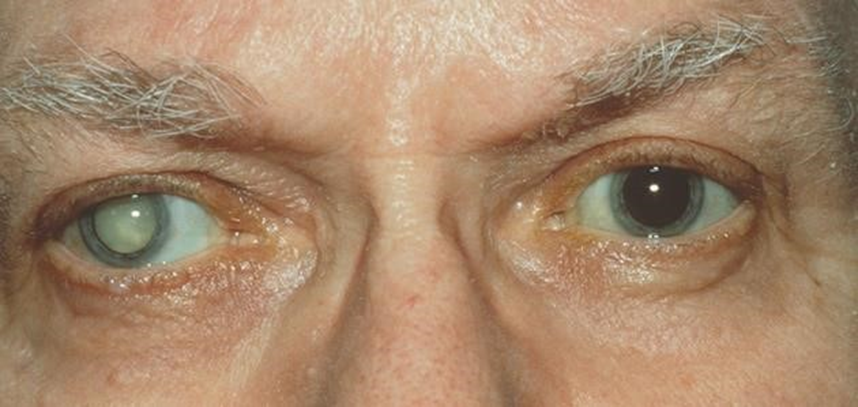A nurse is assisting with the admission of an older adult client. Which of the following subjective findings suggests that the client may have cataracts?
Sudden dimmed vision
Cloudy vision
Intermittent flashes of light
Pain in the eyes
The Correct Answer is B
A. Sudden dimmed vision: Sudden dimmed vision may indicate other ocular issues, such as retinal detachment or macular degeneration, but it is not a specific indicator of cataracts.
Cataracts typically cause a gradual clouding of vision.
B. Cloudy vision: Cloudy or blurred vision is a classic symptom of cataracts. Cataracts cause the lens of the eye to become cloudy, leading to vision problems such as difficulty seeing in low light, blurry vision, or seeing halos around lights.
C. Intermittent flashes of light: Intermittent flashes of light are more commonly associated with conditions such as retinal detachment or migraine aura, rather than cataracts.
D. Pain in the eyes: Pain in the eyes is not typically associated with cataracts unless there are complications such as increased intraocular pressure or inflammation.

Nursing Test Bank
Naxlex Comprehensive Predictor Exams
Related Questions
Correct Answer is C
Explanation
-A. Incorrect. Flexing the client's affected hip to 120 degrees may be part of postoperative care but does not necessarily demonstrate cost-effective care.
B. Incorrect. Adducting the client's affected leg may be part of postoperative care but does not necessarily demonstrate cost-effective care.
C. Correct. Checking the neurovascular status of the client's lower extremities every 6 hours is a standard nursing intervention following total hip arthroplasty. This action is essential for monitoring the client's circulation and nerve function, ensuring early detection of complications such as deep vein thrombosis or nerve damage, which can help prevent further complications and reduce healthcare costs.
D. Incorrect. Applying a sequential compression device to the client's lower extremities may be part of postoperative care to prevent deep vein thrombosis but does not necessarily demonstrate cost-effective care.
Correct Answer is B
Explanation
A) Allowing the infant to have soft foods is not recommended immediately following surgery to protect the surgical site.
B) Maintaining elbow restraints prevents the infant from touching or injuring the repair site, which is crucial for proper healing.
C) Feeding the infant with a spoon could disrupt the surgical site and is not advised until cleared by a healthcare provider.
D) While oral hygiene is important, brushing the infant's teeth could harm the repair site; however, specific post-operative care instructions regarding oral hygiene should be provided by the healthcare provider, which may or may not include a temporary cessation of brushing.
Whether you are a student looking to ace your exams or a practicing nurse seeking to enhance your expertise , our nursing education contents will empower you with the confidence and competence to make a difference in the lives of patients and become a respected leader in the healthcare field.
Visit Naxlex, invest in your future and unlock endless possibilities with our unparalleled nursing education contents today
Report Wrong Answer on the Current Question
Do you disagree with the answer? If yes, what is your expected answer? Explain.
Kindly be descriptive with the issue you are facing.
